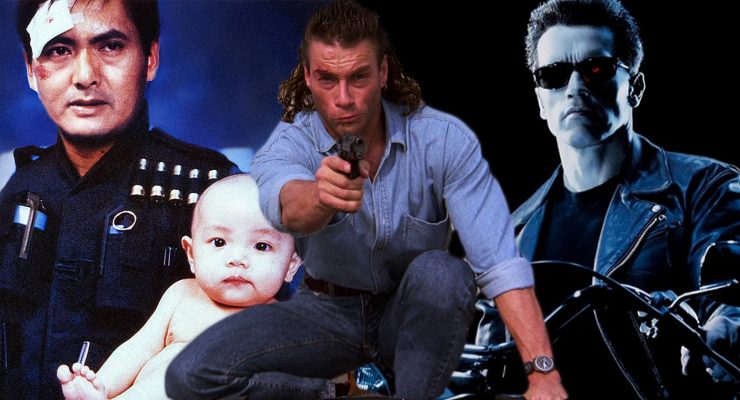The Conversation, 1974.
Written and Directed by Francis Ford Coppola.
Starring Gene Hackman, John Cazale, Allen Garfield, Frederic Forrest, Cindy Williams, Michael Higgins, Elizabeth MacRae, Teri Garr and Harrison Ford.
SYNOPSIS:
During a routine wire-tapping job, a surveillance expert has a crisis of conscience when comes to suspect that the couple he is recording will be murdered.
We open on a wide shot over looking San Francisco’s Union Square. People go about their day. A mime entertains a small crowd. We hear conversations of the people, but only snippets and fragments; this is interrupted by a loss of audio and static. Something isn’t right – we shouldn’t be listening in on these people’s lives. The camera switches to show a couple caught in the crosshairs of not a gun, but a state of the art listening device. As the story unfolds, we will learn that it is just as dangerous.
The camera, after a slow and patient zoom, finds Harry Caul; a man clearly not at ease around these people, but there for a reason. The voices we hear soon become focused on the couple, but we can’t make out everything they say. But we do know they are of importance to Harry.
So begins Francis Ford Coppola’s The Conversation, one of the finest American films of the 1970s. And because the 1970s is, to this reviewer, the greatest period of film making, The Conversation remains one of the greatest films ever put to celluloid. These opening 10 minutes are a master class of direction and sound editing. There isn’t a wasted frame, let alone a wasted shot and the sound design puts the audience in the surveillance expert’s world from the very start. Moreover, each scene in this film could be analysed and discussed to share with you its brilliance. Coppola never allows the audience to know anything Caul doesn’t until the final act, when his paranoia has become too great and we can only watch as he descends into madness.
Caul is a loner, a man whose job is to listen in but never be part of society. He has three locks on his door yet admits to having “nothing personal” inside. He sees everyone as a threat to his personal security, and won’t let anyone in to his life. By writing Caul in this way, Coppola creates a perfect set-up for the story that soon follows; a man obsessed with saving the life of someone who doesn’t even know he exists. As Caul, Gene Hackman gives one of his career-best performances working with a script which allows him to bring a depth and fragility to such a lonely, sad man. At work, when he mixes the recordings and tries to decipher the audio, we see a man totally immersed in this world yet he cannot apply the same to relationships around him. His only comfort and enjoyment comes from playing the saxophone alone in his apartment.
The story of The Conversation is fairly straight forward. Caul makes a recording of a couple who are involved in an affair and his job is to deliver this to a high-powered man whom Caul soon believes will murder one or both of the couple involved. But the joy in watching the film comes from the sheer expertise of the film making. Building slowly and carefully, Coppola makes a thriller out of nothing and delivers one of the great final scenes in film history. Tormented by his own paranoia, Caul tears apart his apartment looking for a recording device which, as the audience, we can never be sure is actually there. With the floorboards up and the wires hanging off the wall, Coppola ends the film with a surveillance shot of its own; Caul sat playing the saxophone. Content.
This review is for the Blu-ray release, and the transfer is excellent with hardly any grain showing from the original print. Although, I have always liked the way 70s films looked when I first saw them; I like seeing the grain and texture and because of this I rarely buy Blu-ray copies of older films, unless they’ve gone through a serious restoration process as with Coppola’s The Godfather trilogy. Having said that, this new release is certain worth getting for anyone who doesn’t already own a copy on DVD.
VERDICT: 10 OUT OF 10 – Flawless filmmaking from start to finish.
Rohan Morbey – follow me on Twitter.











